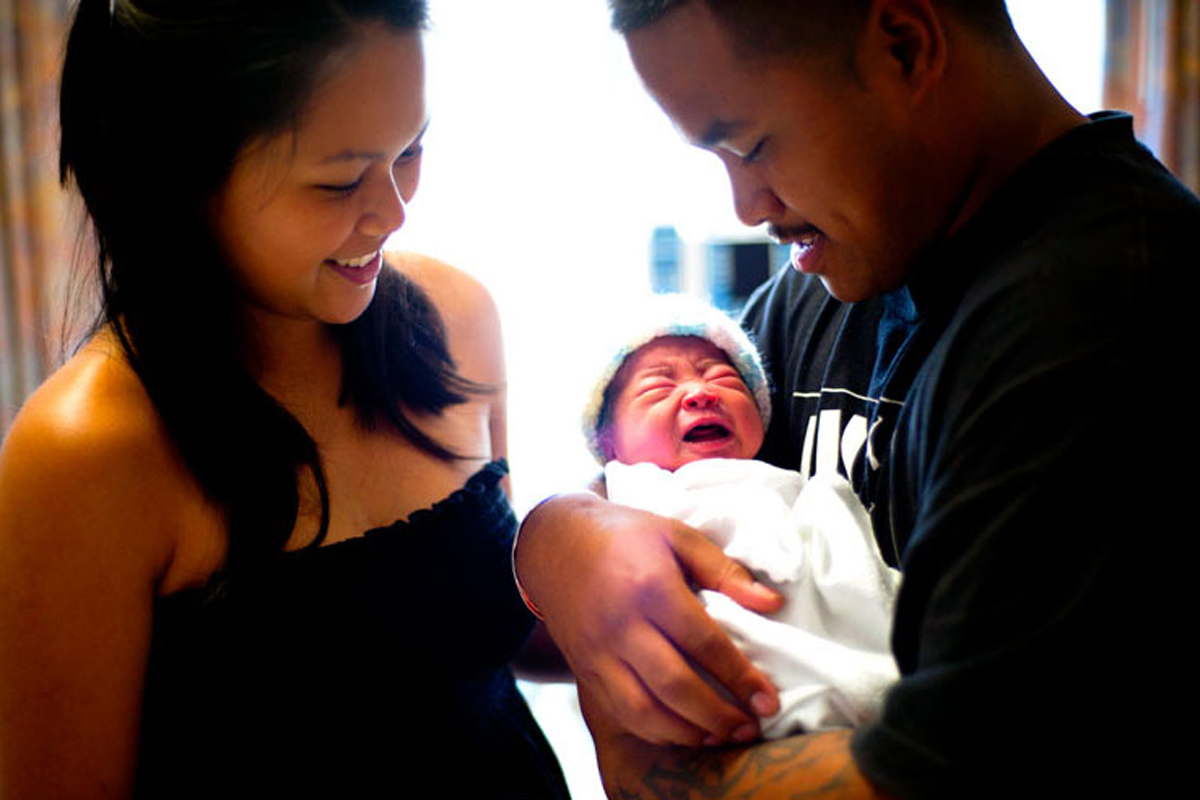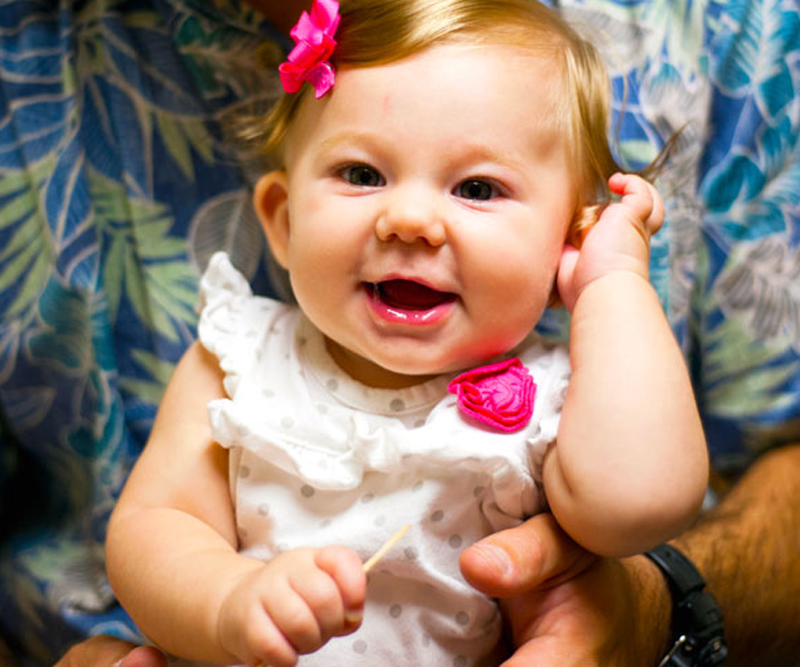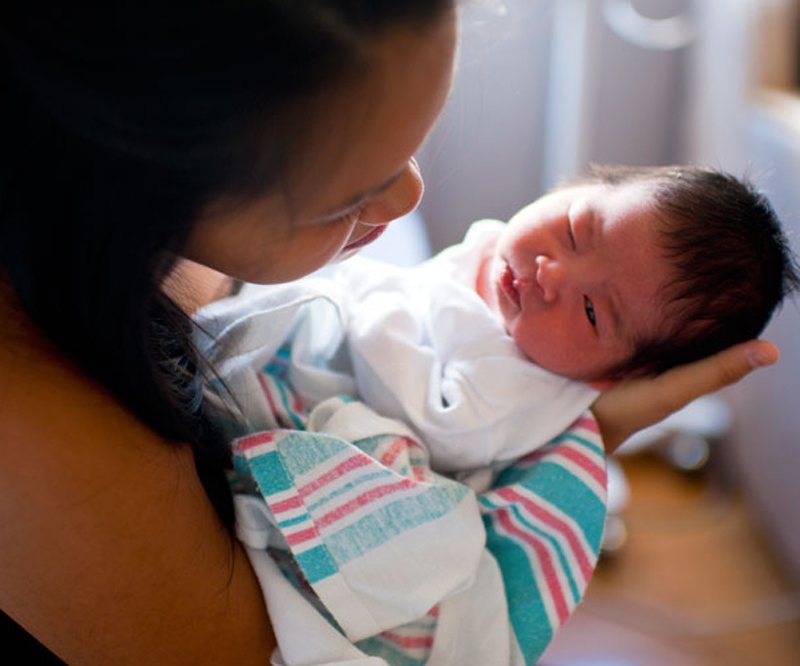
Ways to Soothe a Fussy Baby
This is the second of a two-part series. To read Part 1, click here.
If you are a new parent or caregiver of a newborn, remember:
- Babies will cry a lot during the first few months of life. This is completely normal, and it does get better with time.
- You are not a bad parent if your baby continues to cry after you have done all you can to calm him.
Crying is natural and actually is a normal phase of an infant’s healthy development.
But when parents are functioning on little sleep and dealing with challenges from the outside world – work, social, financial – a constantly crying baby can be the match that sets off their fuse.
Shaken baby syndrome (SBS) is a form of abusive head trauma (AHT) and refers to severe injury to the brain that results from violently shaking an infant by the shoulders, arms or legs.
Babies younger than 1 year old are at greatest risk for SBS/AHT, but the highest risk period for SBS/AHT is the first four months of a newborn’s life, referred to by the National Center for Shaken Baby Syndrome as the “Period of PURPLE Crying®.”
Studies have found that these prolonged bouts of inconsolable crying are normal, even healthy, for a baby’s behavioral development.
What isn’t healthy is when a parent or caregiver reacts violently toward a crying infant by shaking him.
Be conscious of warning signs that you are getting frustrated or upset with the situation.
When your baby is having an episode and you feel overwhelmed, lay baby on his back in a safe place (his crib, a playpen), and walk away to unwind. Brew yourself some tea, call a family member or a friend; take a few minutes to calm down, then go back to check on baby.
Other ways to help soothe your baby include:
- Rubbing his back.
- Gently rocking or swinging baby.
- Singing or talking to baby.
- Taking a walk with a stroller.
- Taking a car ride, with baby safely secured in his car seat.
- Giving baby a bath.
- Swaddling.
- Breastfeeding.
- Creating “white noise” (vacuum cleaners, hair dryers, clothes dryers, electric fans or white noise machines can do the trick).
Some techniques may work better than others, and not every method will work every time.
But what you should never, ever do is shake a keiki.
If you or someone you know needs support dealing with the pressures of parenthood, help is available.
The Kapiolani Child Protection Center (KCPC) is among the leaders in diagnosis and treatment of trauma related to child abuse and neglect.
As part of Kapiolani Medical Center for Women & Children, KPCP has access to the most sophisticated medical equipment and most qualified child health care specialists in the Pacific.
KCPC provides assessment, consultation services and an array of treatment services for victims of child maltreatment and their families.
Services are provided statewide, on all islands.
Click here for more information.
Other free resources available for parents include:
- The Parent Line, a statewide, confidential telephone line staffed with experienced personnel to help solve parenting challenges.
- Prevent Child Abuse Hawaii, a nonprofit organization dedicated to the prevention of child abuse in all its forms through education, public awareness and advocacy in order to promote positive parenting and healthy families.
Published on: May 4, 2015




